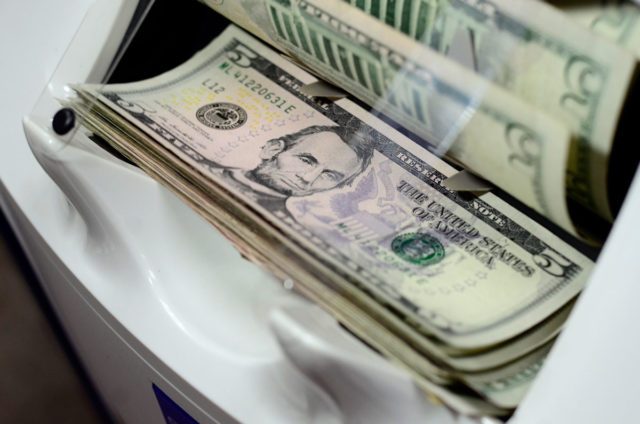Alarms went on at the end of 2018 for debtors in US currency and importers, when the dollar rate was around ¢ 630. But then, there were times when an exchange rate was reported that is currently around ¢ 580, with slight increases reported since late last month. This has its explanation in commonly called seasonal factors such as, for example, that companies pay their rent advances or for the fiscal closing that is registered at the end of this month.
The big question that many ask themselves is: What will happen with the exchange rate in these remaining months of 2019? Orlando Soto, CEO of Grupo Financiero Acobo, believes that the price of buying and selling will not have upward movements; On the contrary, he estimates that the dollar rate will fall in our country towards the end of the year.
According to Soto, the first and most important of the reasons is the entry into the reserves of the Costa Rica Central Bank of US$ 1,500 million
The consequent effect will be a greater amount of dollars available from the Government for the payment of commitments (interest on debts or salaries) or, for public investment projects, at a time when the economy shows an obvious slowdown, such as the same governing body announced it last July.

During the review of the 2019-2020 Macroeconomic Program, Rodrigo Cubero, President of the Central Bank, announced a growth projection of 2.22% compared to 3.2% last January, the lowest growth in 10 years due to international factors and also local.
Other arguments to take into account
Another reason that contributes so that the dollar does not rise will be a lower demand for dollars to be imported by entrepreneurs in view of the current economic outlook. Soto believes that trade does not provide for excessive consumption and, on the contrary, many businesses still have excess inventories that they have not managed to sell.
To all of the above, we must add that the price of oil is relatively low, so the Costa Rican state needs fewer dollars to buy fuel. As an example, the price of the Brent reference barrel is still below US$ 77.18, recorded on September 2018.
“The downward exchange rate is a reflection that there is distrust on the part of the consumer when it comes to spending or investing. This translates into no growth in the economy. That is why it is crucial that the Government executes its revival plans as soon as possible by investing in infrastructure, to restore people’s trust”, concluded Soto.

